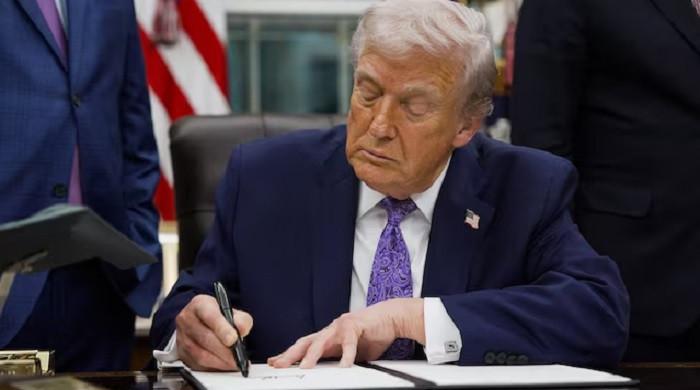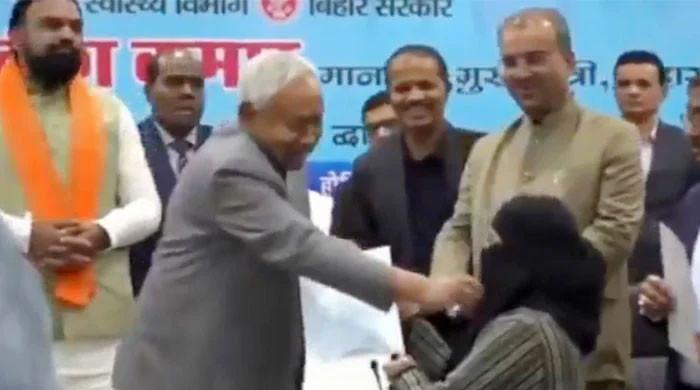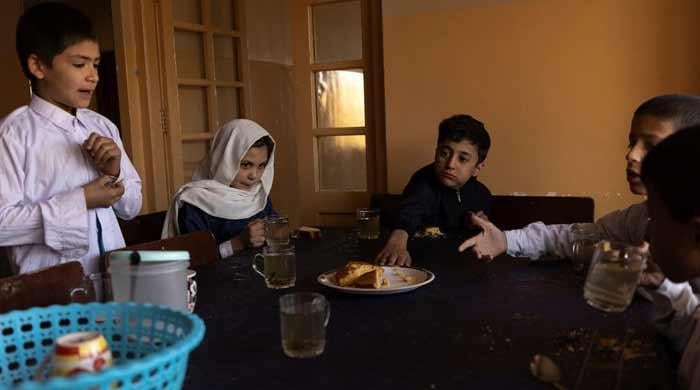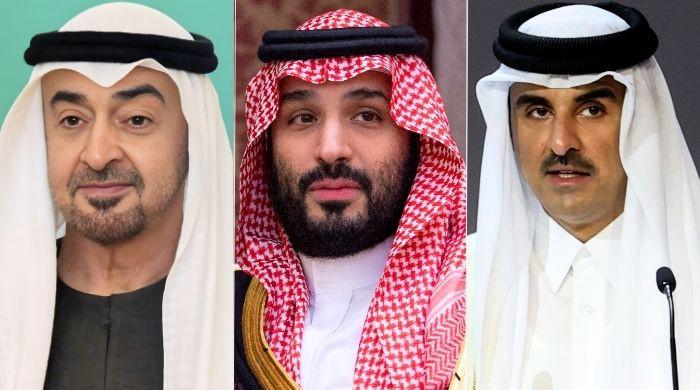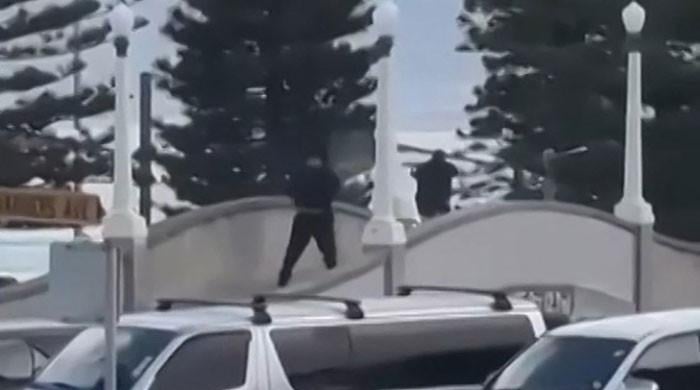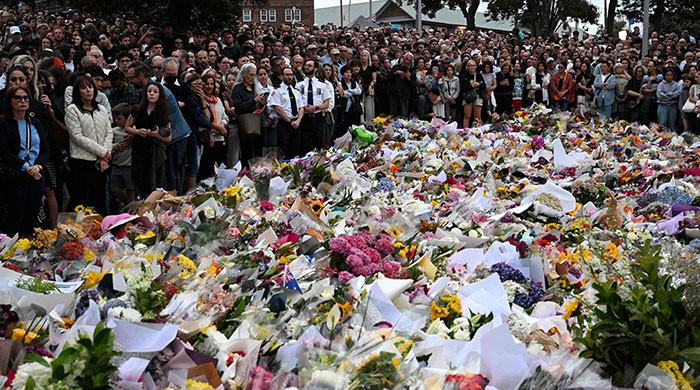Petitions, protests as Indian farmers moved to make way for statues
Residents of nearby villages hand petition to state officials demanding to stop further development at site
October 15, 2022
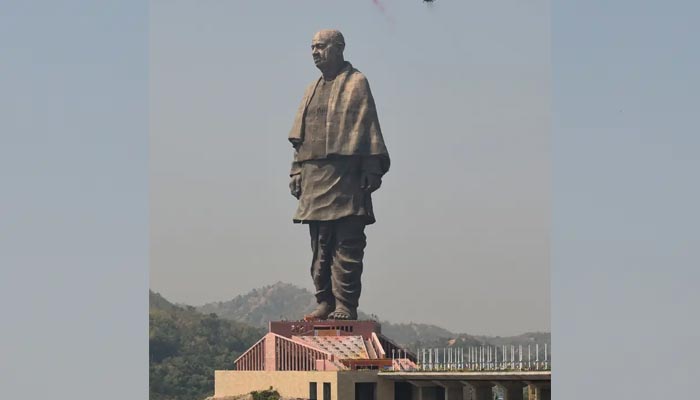
Thousands of farmers and indigenous people are being pushed from their homes and losing their livelihoods as India races to build massive statues to lure tourists and appease voters, campaigners said.
In a ceremony featuring fireworks and fighter jets, India's Prime Minister Narendra Modi last week inaugurated the world's tallest statue, of independence hero Vallabhbhai Patel, which towers nearly twice the height of New York's Statue of Liberty.
The 182-metre (597-ft) steel and bronze "Statue of Unity" was built on the Narmada river in Modi's home state of Gujarat at a cost of about $400 million.
Residents of nearby villages handed a petition to state officials on Monday demanding a halt to further development at the site, according to Rohit Prajapati, an activist who said they are also considering legal action.
"This should be a memorial of violence and violation, to sensitise us to the impact on farmers and indigenous people," he told the Thomson Reuters Foundation.
Hundreds of indigenous activists and farmers have held protests at the site in the town of Kevadia, saying the statue is a wasteful extravagance in the midst of poverty, and that those displaced did not receive enough compensation.
"This land, river, forest that your avatar is going to stand on, belongs to Adivasis," activist Medha Patkar wrote in a symbolic letter to Patel, who died in 1950, referring to indigenous people.
"They are being cheated and evicted out of their land for tourism," she said in the letter published in several newspapers.
The Gujarat government said 185 families were relocated, and that they had received adequate compensation.
The statue is located just a few miles downstream from the Sardar Sarovar Dam, which has been mired in controversy since it was conceived in the 1960s, with protracted battles over water sharing, evictions and compensation.
The dam has displaced 320,000 people and disrupted the lives of tens of thousands more, according to rights group Narmada Bachao Andolan (Save Narmada Campaign).
Thousands have still not been compensated, it has said.
"These are people who are already suffering from the dam's impact, and now they will suffer even more because of the statue.
How is this a public purpose?" said Prajapati, referring to the condition under which the state acquires private land.
As India builds increasingly ambitious projects, analysts say the definition of what constitutes public purpose needs revisiting.
Meanwhile, work is due to begin on a bigger statue of a king off the coast of Mumbai, which fishermen say will disrupt their catch and affect their livelihood.
The 212-metre tall memorial of Chhatrapati Shivaji is scheduled to be unveiled in two years.
The chief minister of Uttar Pradesh state is expected to announce this week plans for another tall statue of a religious deity.




